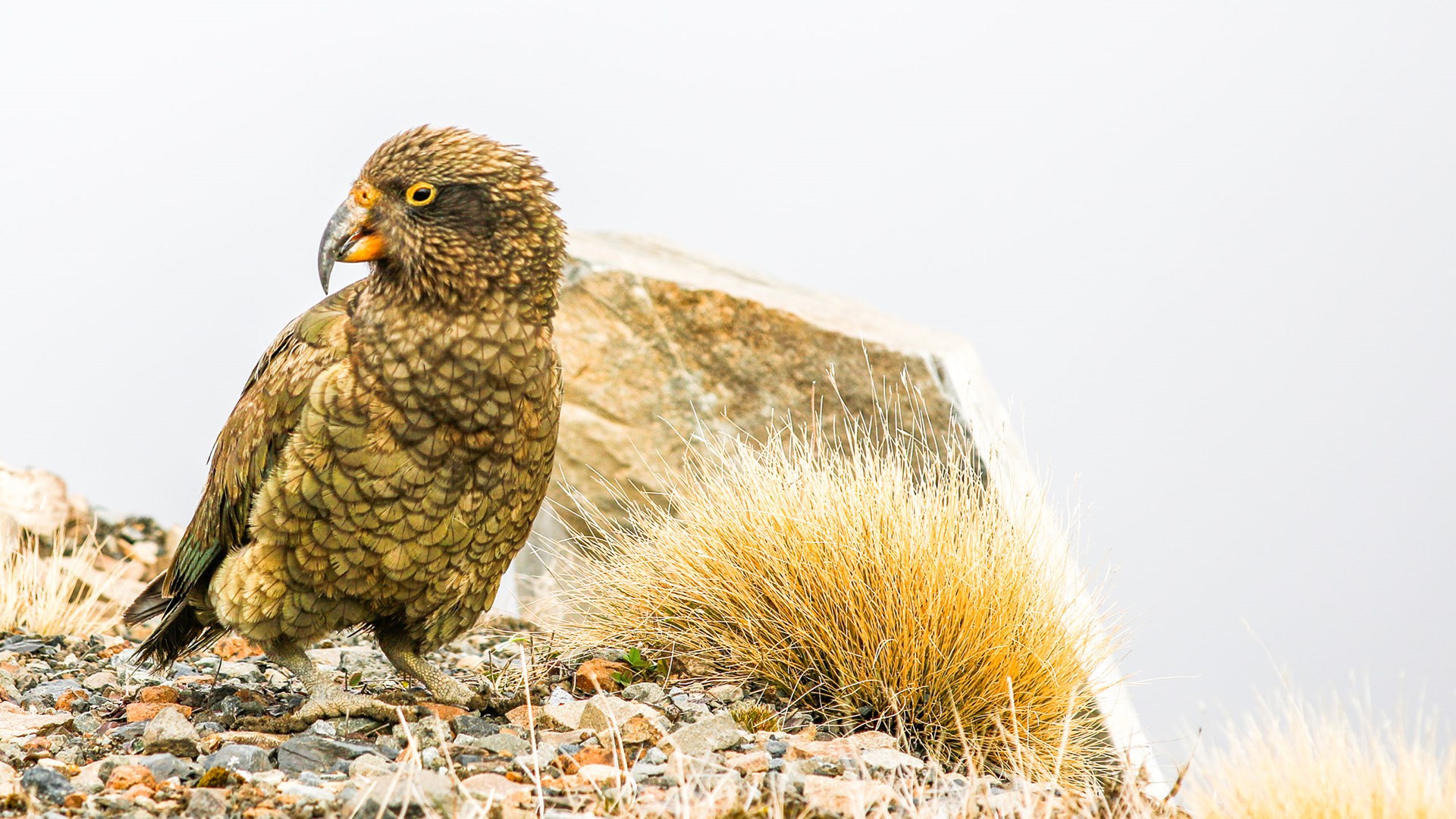
The Birds of Mt Hutt & How We Protect Them
Mt Hutt is an alpine environment with an abundance of native flora, fauna and wildlife. In light of Conservation Week, we wanted to take a moment to celebrate the biodiversity of our beautiful maunga. We’ll run through some of the birds you might see at Mt Hutt along with how we grow their populations and protect native birds from pests.
Wildlife & Vegetation Nearby
Our maunga is home to an abundance of natives important to supporting a healthy ecosystem. The area surrounding Mt Hutt hosts different flora, fauna and wildlife depending on the elevation. The ski area is home to both native and endemic birds – some we see seldomly and others more frequently.
Kererū: New Zealand Pigeon
Kererū are found in forested areas measuring up to 51 cm from tail to beak and weighing roughly 650g. These birds aren’t considered threatened as they have a stable population. However, in areas where illegal hunting and predators are unchecked, there has been a population decline. Their biggest threat is from predators which include rats, stoats, cats and possums.
Kārearea: New Zealand Falcon
We’ve got a few nationally vulnerable resident Falcons around Mt Hutt meaning that in the medium term, they’re facing a high risk of extinction. The New Zealand Falcon (Māori name Kārearea) is an endemic bird to Aotearoa and has a wingspan from 63cm to 98 cm. They breed in a wide range of habitats, including native forests, tussock lands and hill country. Possums and hedgehogs are their biggest threat as they take chicks and eggs.
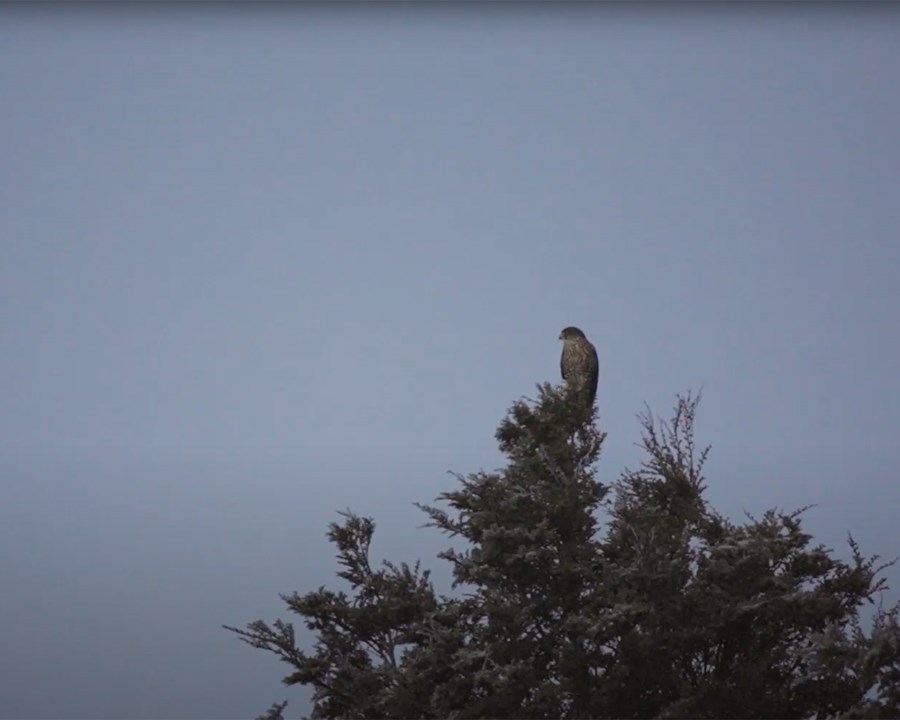
Korimako: Bellbird
Bellbird (Māori name Korimako) live in diverse native forests such as mixed podocarp-hardwood beech and regenerating forests. Rats and stoats are the biggest threat to Bellbirds, but possums also compete for the same food source, posing a threat.
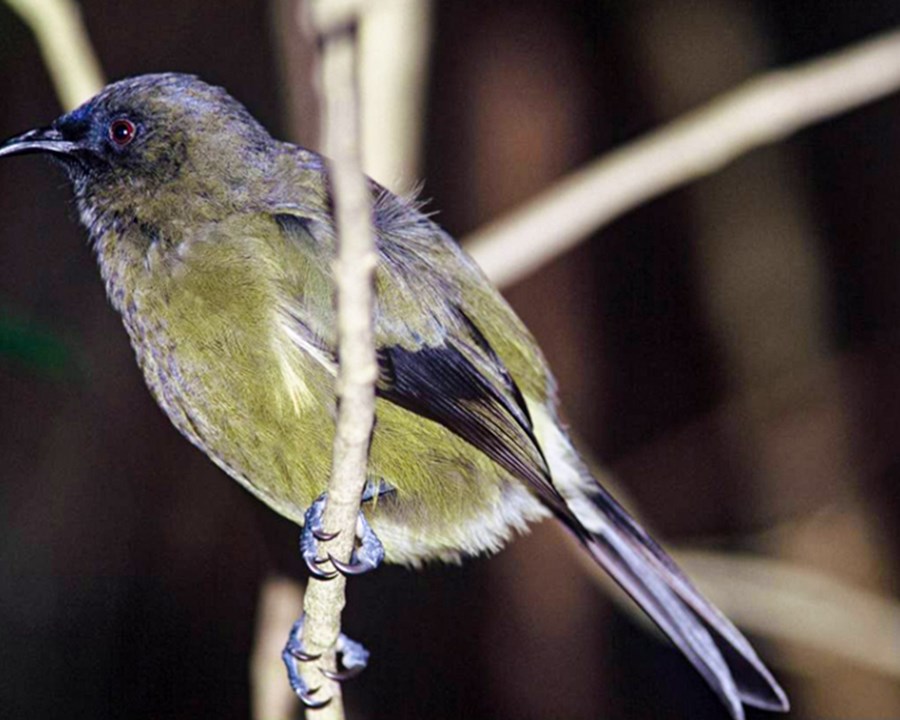
Kea: New Zealand Mountain Parrot
We are lucky to have kea visit the maunga occasionally and we’re hoping to bring back more of these amazing birds. Keas are nationally endangered birds in Aotearoa. There is a population of roughly 3,000 – 7,000 birds nation wide, and these cheeky fellas are only found in New Zealand. They are incredibly smart but are particularly vulnerable to pests such as stoats, cats, rats and possums due to burrowing the nest in the ground. Lead is also a contributing risk to keas which can be found in nails, paint and other building materials prior to the 1990s.
Kea Conservation Trust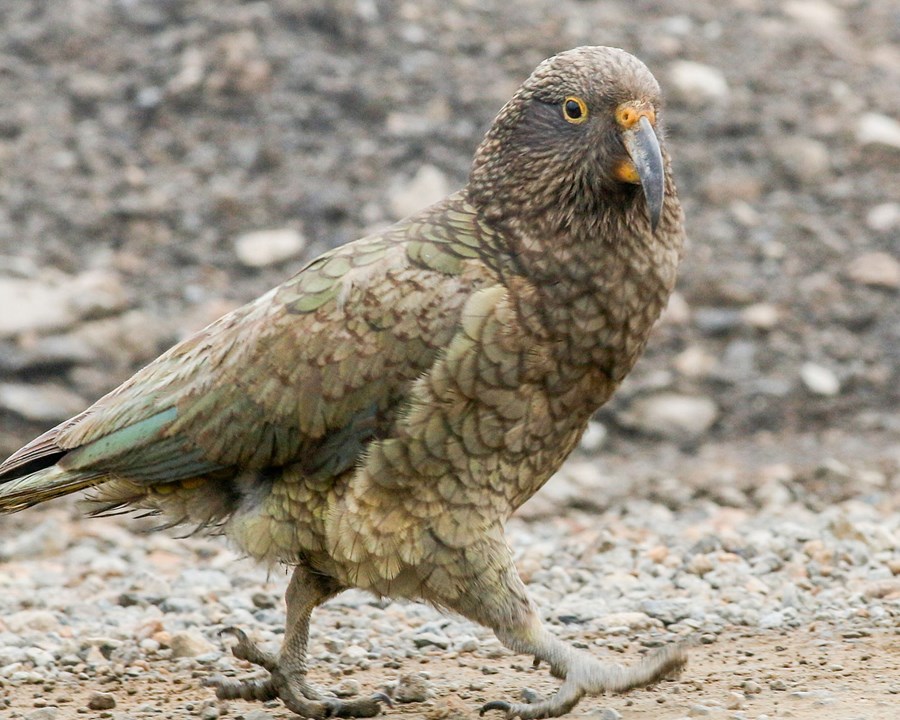
Pīhoihoi: New Zealand Pipit
These small brown and white songbirds use open areas such as coastlines and alpine shrublands as their habitats. They’re commonly found around the country and around Mt Hutt but are declining in areas where land use has intensified, drought-prone regions and where rats are present.
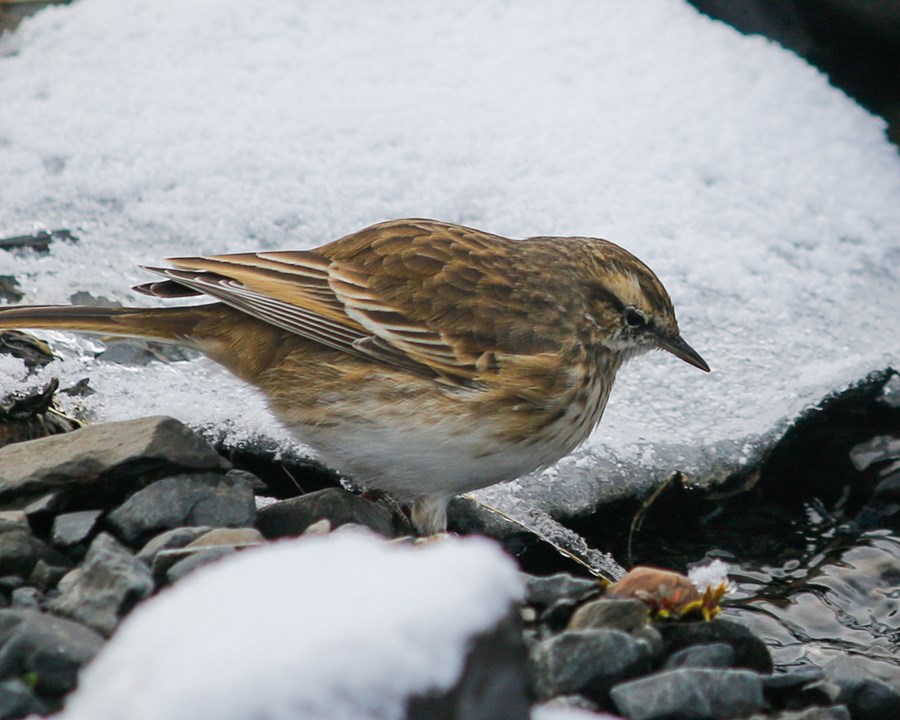
How We Protect Our Bird Life
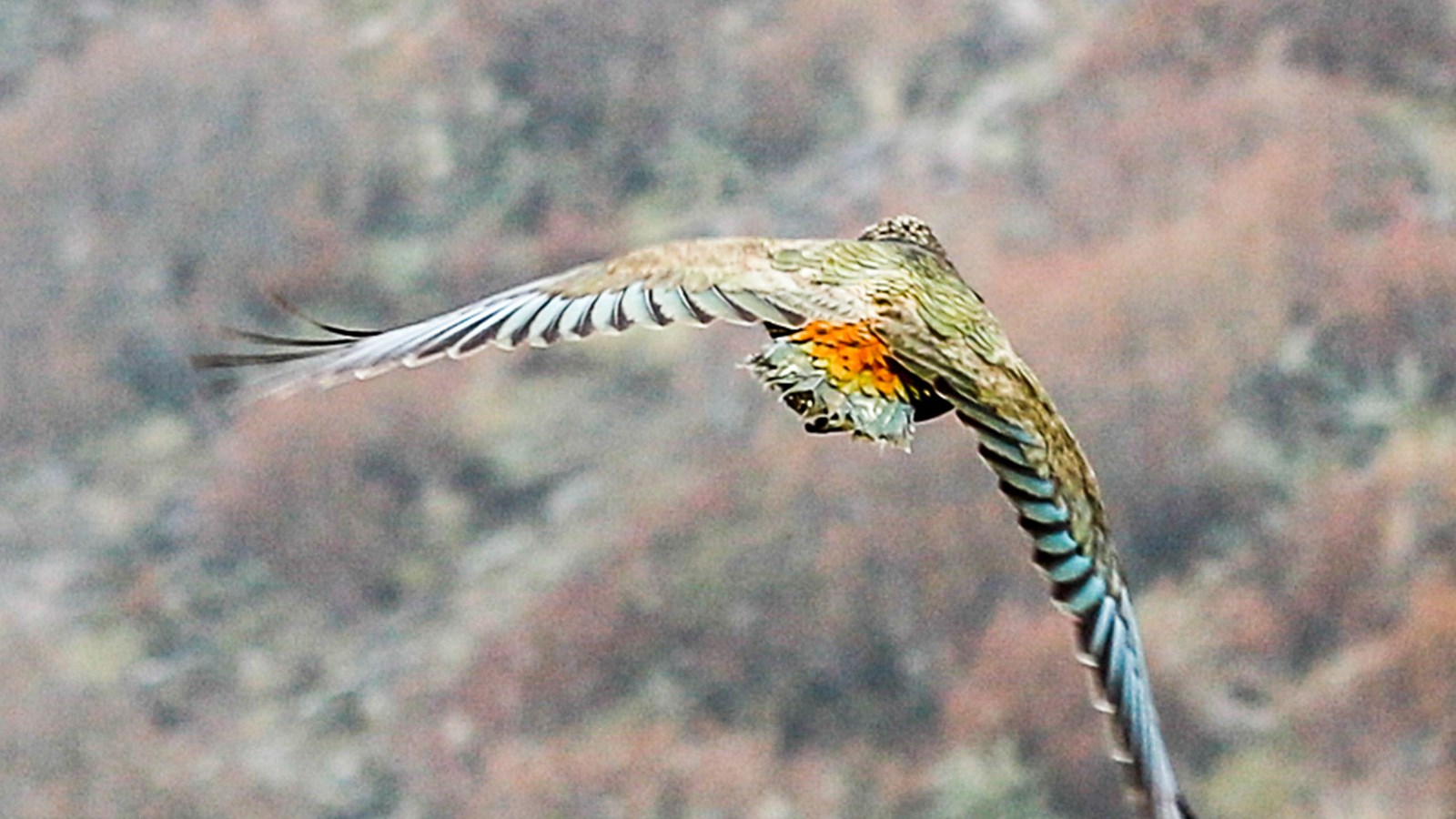
We protect native birds on the mountain by working to make an ideal habitat, as well as mitigating risks to our native birds such as pests. For us, kaitiakitanga is at the root of everything we do - we want to ensure that we leave any area in better shape than we found it in.
Plants
Planting native flora and fauna helps to create a safe environment where wildlife can find valuable food sources, shelter and nesting places. We started planting native trees at Mt Hutt in 2019, and since then we’ve planted over 6,400 natives to work towards being carbon neutral. We use native seeds sourced locally from Methven to ensure the best genetic diversity and adaptability, meaning they have a better chance of reaching maturity.
We plant a mix of first-generation plants, acting as a canopy that protects further plants in the future. Our current mix includes Manuka nursery trees, Totara and Black Beech.
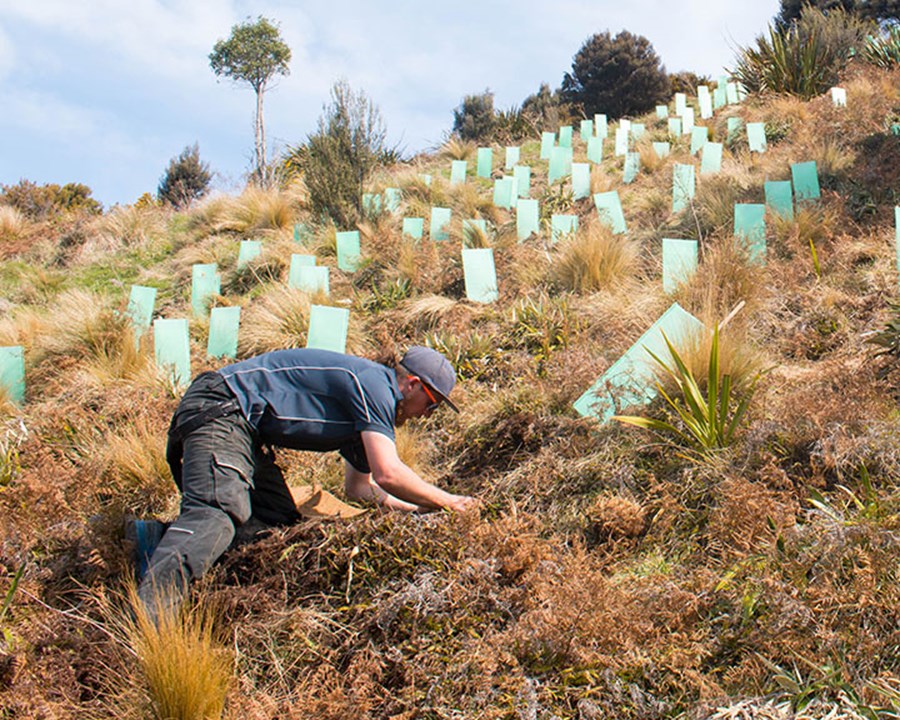
Pest Control
Pest control is imperative to ensure that our mountain is a habitable environment for our native birds to live on and return to. Pests such as stoats, possums, mustelids, hedgehogs and rats are predators to many of our native birds. We use bait and have 70 traps which help us control predator populations in the area. We've set up an extensive trapping programme that has seen us eliminate over 850 pests from our mountain in just over 12 months.
Trapping Info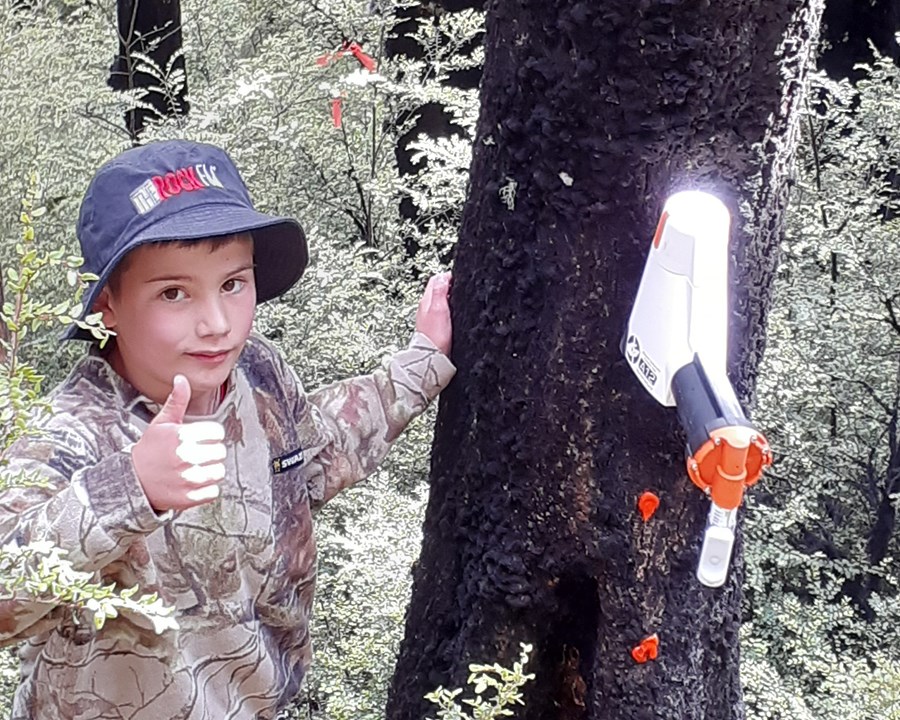
Our landscape is the backbone of our operations and the reason we love what we do. We see ourselves as responsible Kaitiaki or guardians and are dedicated to protecting our environment, leaving it in a better state than we found it.